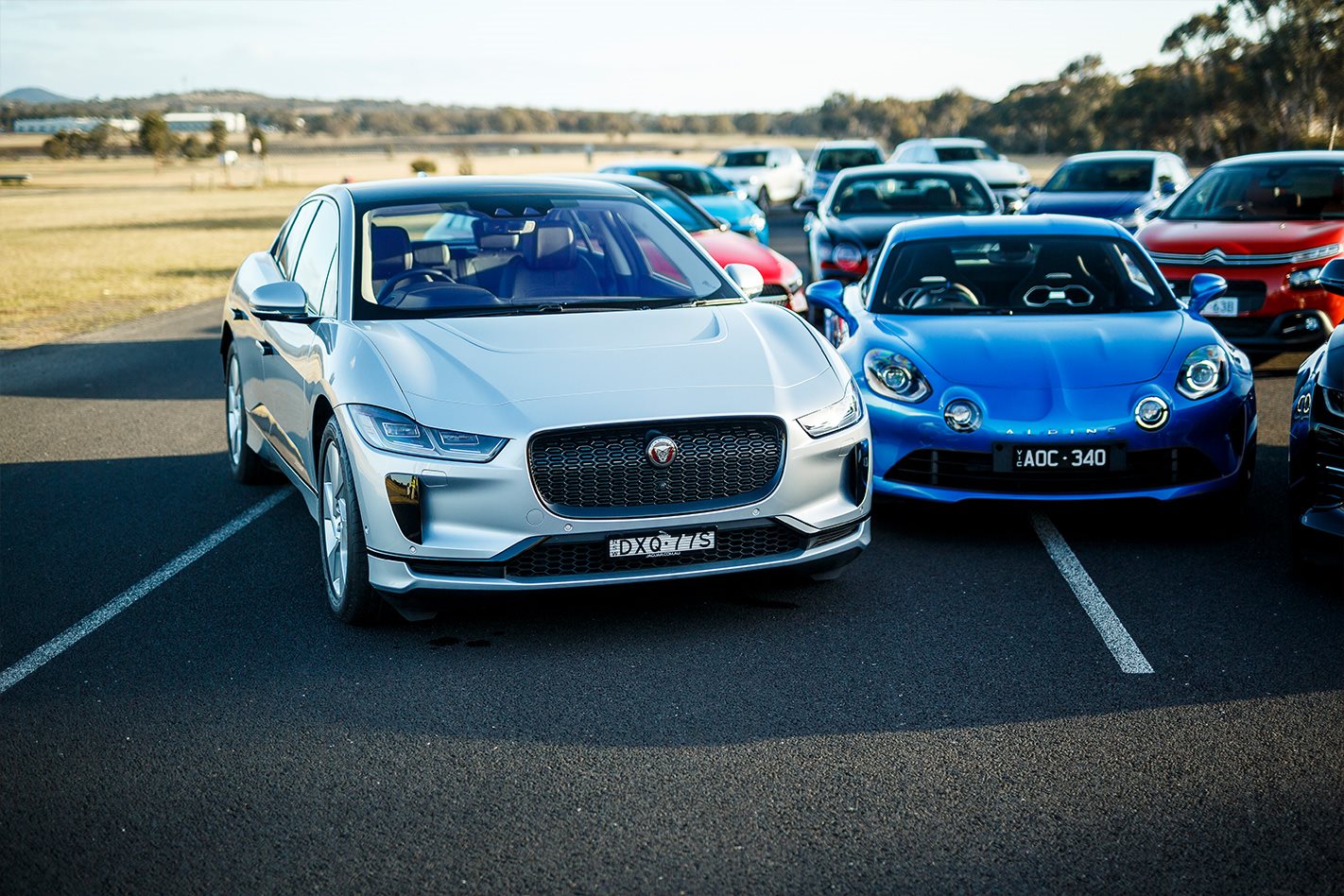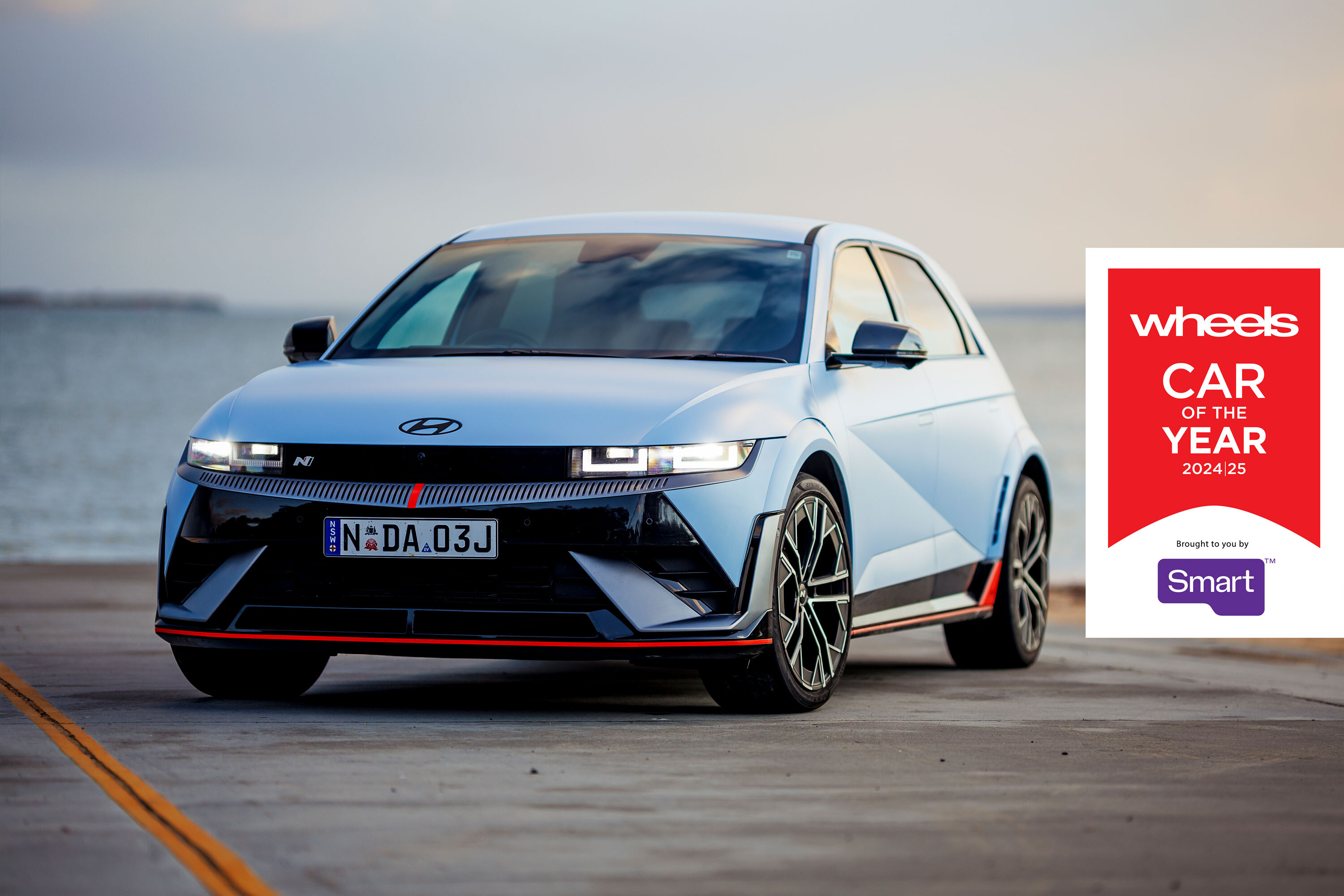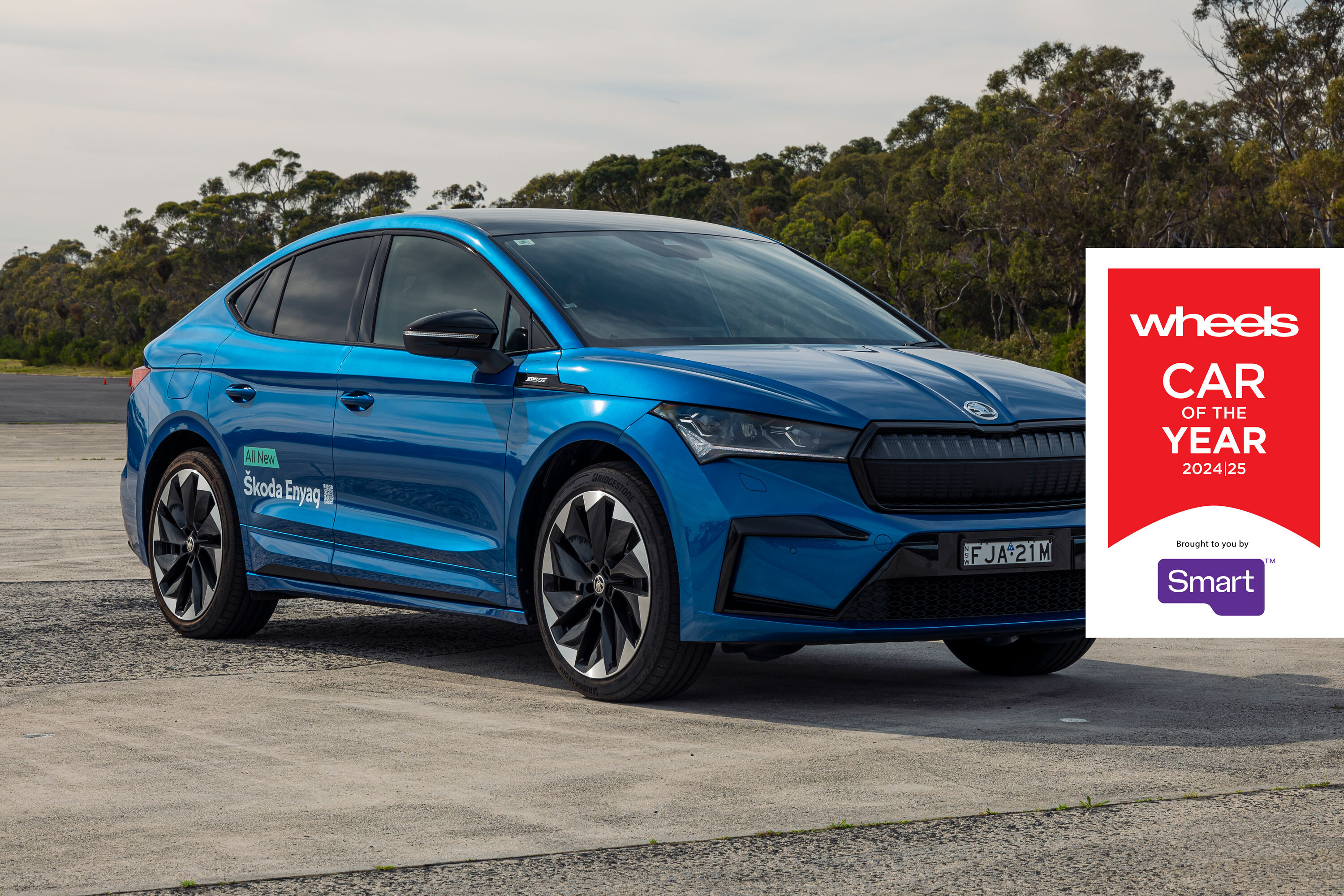WITH the announcement of Wheels’ Car of the Year just around the corner, its time to look at what each car needs to achieve to be deemed worthy.
We’ll go over the actual judging processes in another story, but here we’ll focus on the judging criteria, or what each car needs to do to progress at COTY.
Naturally, with the size of the field and diversity within, it would be counterproductive to directly compare each contender.
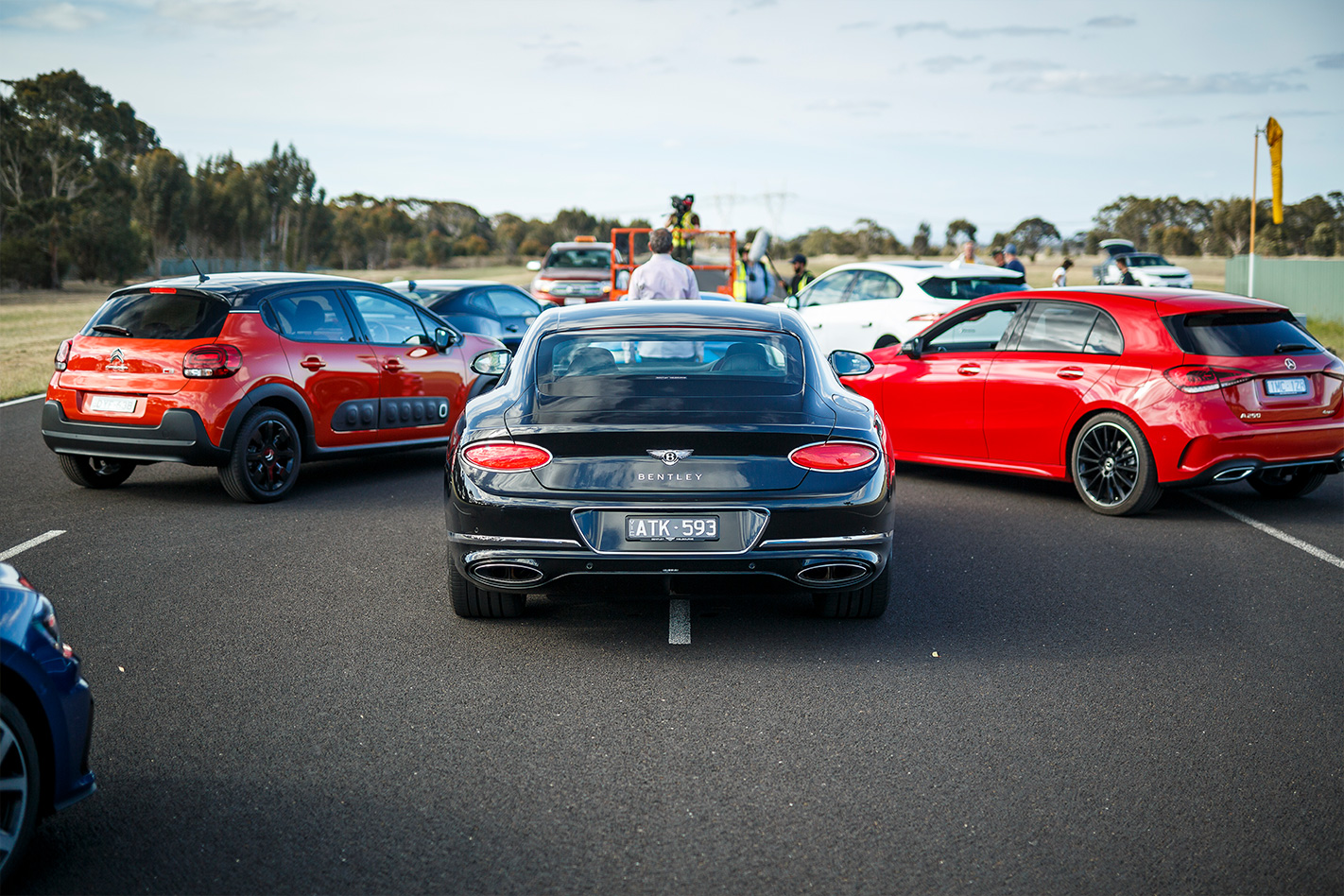
Instead, the hopeful COTY entrants are measured against the five criteria which form the backbone of the most rigorous testing process in the country.
To be eligible for Car of the Year the vehicle must be substantially new, meaning it has been introduced in the 12 months prior to our cut-off date, and is more than a new engine or trim variant. That can rule out new performance variants like Hyundai’s i30N or Honda’s Civic Type-R, performance hero cars often being launched some time into a model’s life cycle.
Another important distinction is that we judge on a vehicle range. So, for example, we take the Mercedes-Benz A-Class line up in its entirety, assessing talents across the board and not just cherrypicking a specific version of the A-Class. This places a greater emphasis on talent throughout the range and puts under the microscope those manufacturers who include minimal-appeal base strippers just to gerrymander an eye-catching entry price.
Our seven judges measure the cars against the following categories:
FUNCTION

Complex and subjective, this is the toughest COTY criterion to judge. The objective is to assess every aspect of a car’s function, taking into account its intended role. Put simply, we’re seeking complete satisfaction. Every aspect of design is considered, always in relation to purpose and price: vehicle packaging efficiency; all-round user-friendliness, especially interior layout, flexibility and ergonomics; quality of materials and assembly; visual and tactile pleasure.
Driving dynamics take into account all handling characteristics and their fitness for the car’s role. We’re looking for sweet harmony in the interaction between tyres, suspension, steering and brakes. Comfort must also be considered. Quality of ride on varied surfaces is a major factor, but seating and spaciousness, plus overall smoothness, quietness and quality of noise are also important.
The assessment of drivetrain encompasses every aspect of engine performance and transmission behaviour. In the case of models with multiple drivetrains, special attention is paid to those offered in the most popular variants.
TECHNOLOGY

Remember that today’s state of the art is tomorrow’s ordinary. Important innovations are not common, but are recognised when a car maker does deliver. Incremental improvements rate only incremental adjustments to a vehicle’s score against this criterion. Technical advances in all spheres are assessed: innovative materials and engineering; core vehicle system enhancements; all-new features. Ignore the hype and excitement that often comes with novelty; the question here is whether a new technology can deliver genuine improvement in the driving or ownership experience.
In cases where a manufacturer fails to equip a car with a widely adopted and worthwhile technology – something that’s state of the art, in other words – its score against this criterion reflects the omission.
EFFICIENCY
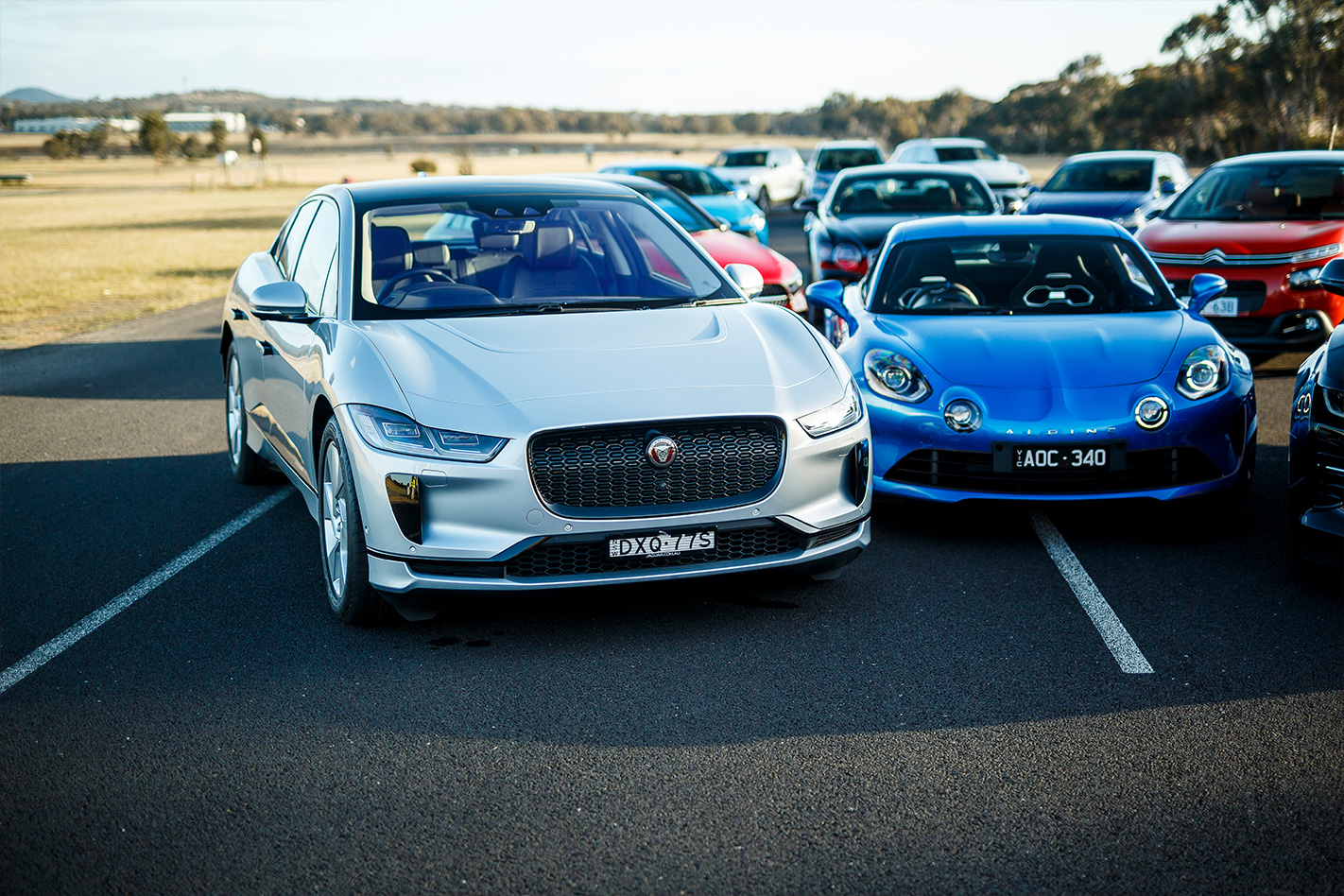
Our primary concern here is fuel efficiency. The real-world results gathered over the course of the COTY program and earlier road tests are given greater weight than the results of official, government-mandated tests.
Fuel is a significant portion of the running cost of any conventional car and any hybrid. But for all kinds of car, including battery electric vehicles and plug-in hybrids, the energy consumed while driving makes up most of its lifetime energy consumption. In the case of conventional cars, according to reputable studies, between 75 and 90 percent of a car’s total energy consumption is the fuel burned during use.
For any type of fossil fuel there’s a directly proportional relationship between the amount burned and the carbon dioxide emitted. So there is a very strong link between a car’s fuel use and its output of the gas that’s the main cause of climate change. The exception here is electric cars, which offer at least the opportunity to utilise zero- or low-emission energy sources. Their efficiency also translates to low running costs.
Energy consumption is the bedrock of the scores given a car for this criterion. But the number is fine-tuned upwards in recognition of outstanding and credible efforts to reduce energy consumption and emissions in manufacturing. This also includes measures to boost the use of recycled materials, where significant.
SAFETY
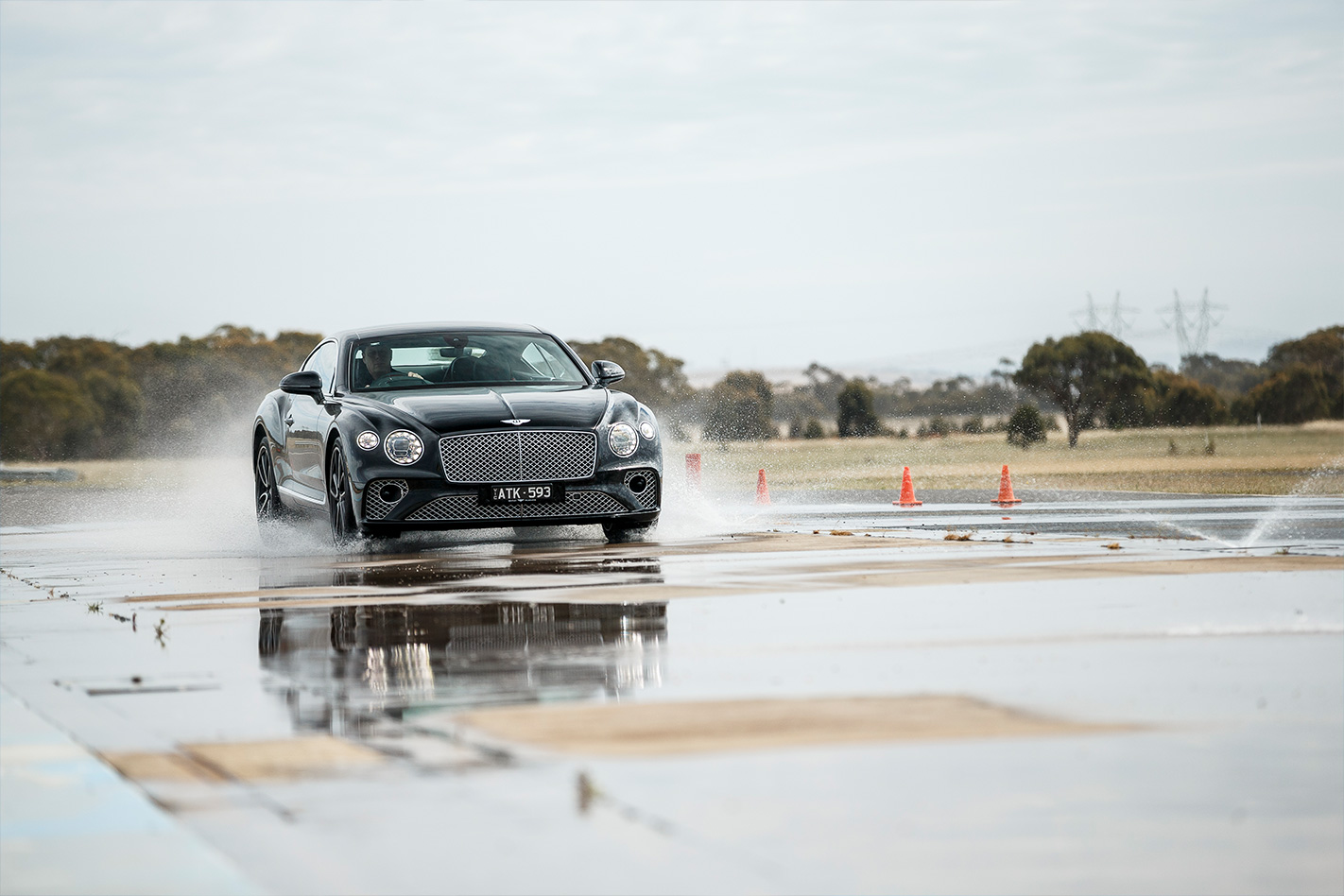
Passive and active safety are assessed separately before an overall score is given against this criterion. In both categories the fitment of advanced and effective safety technology is rewarded. The efficacy of some active safety systems, notably ABS and ESP, is assessed by judges during the Wheels COTY test program. Passive safety scores are based, where possible, on published data from independent testing. In cases where none is available, judges take into account a vehicle’s array of standard and optional passive safety equipment and the manufacturer’s past achievements in this field.
For both passive and active safety, the focus must above all remain on vehicle occupant protection technologies that work.
VALUE
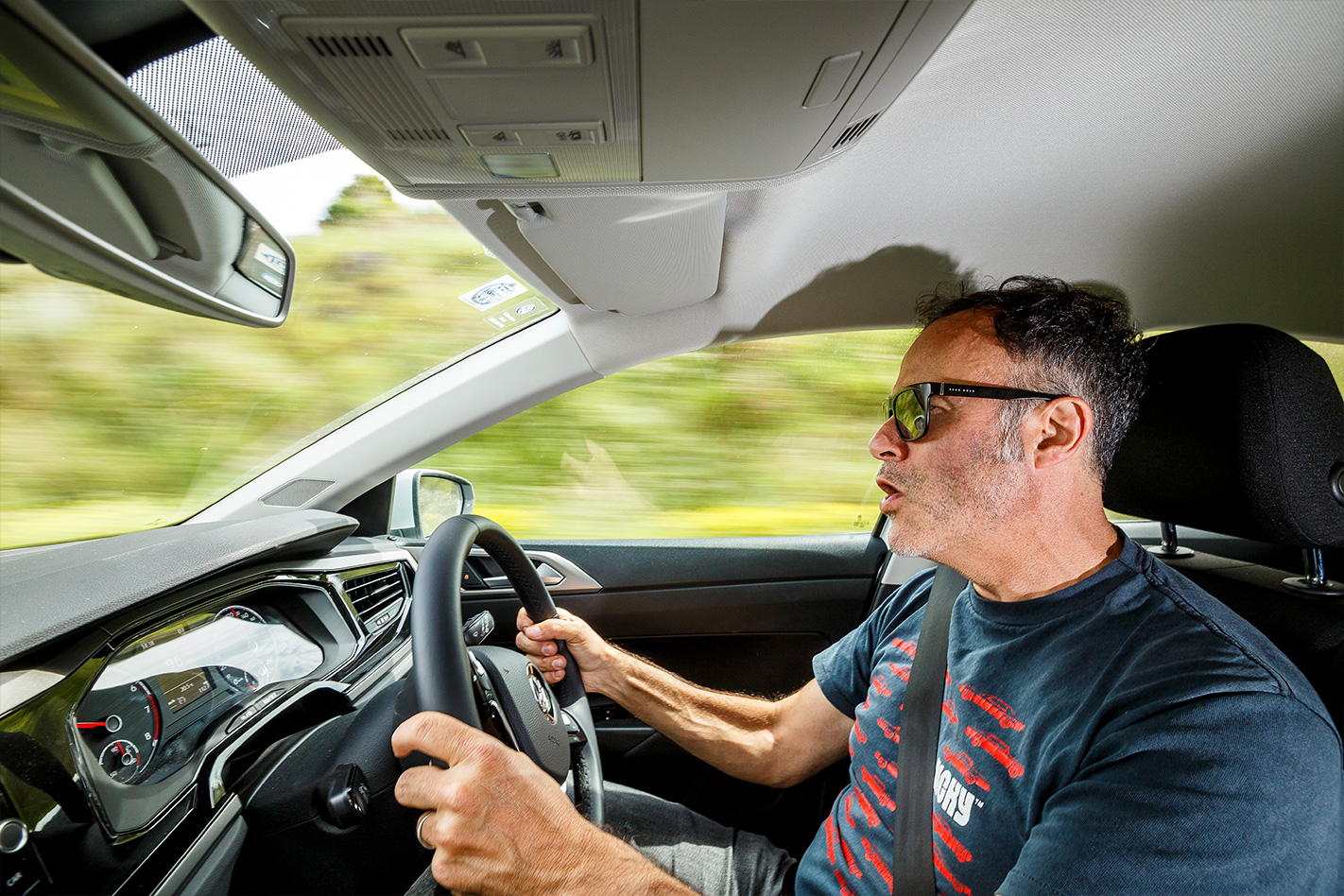
Affordability is the big thing here. But we’re seeking excellence, even at the lowest prices, and above average engineering and design at any price. A bad car may be very cheap, but never cheap enough to be good value. And an expensive car that’s not extremely good is even worse.
Wheels COTY judges assess how the car compares with its marketplace peers for space, quality, equipment, refinement, comfort and competence. They must also take into account running costs, including predicted depreciation and maintenance. The price of any special efficiency tech is weighed against the degree of cost reduction it brings, and scores adjusted accordingly.

